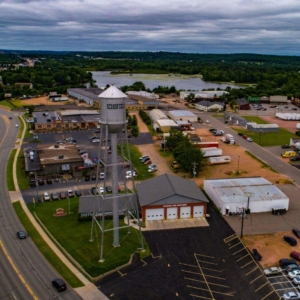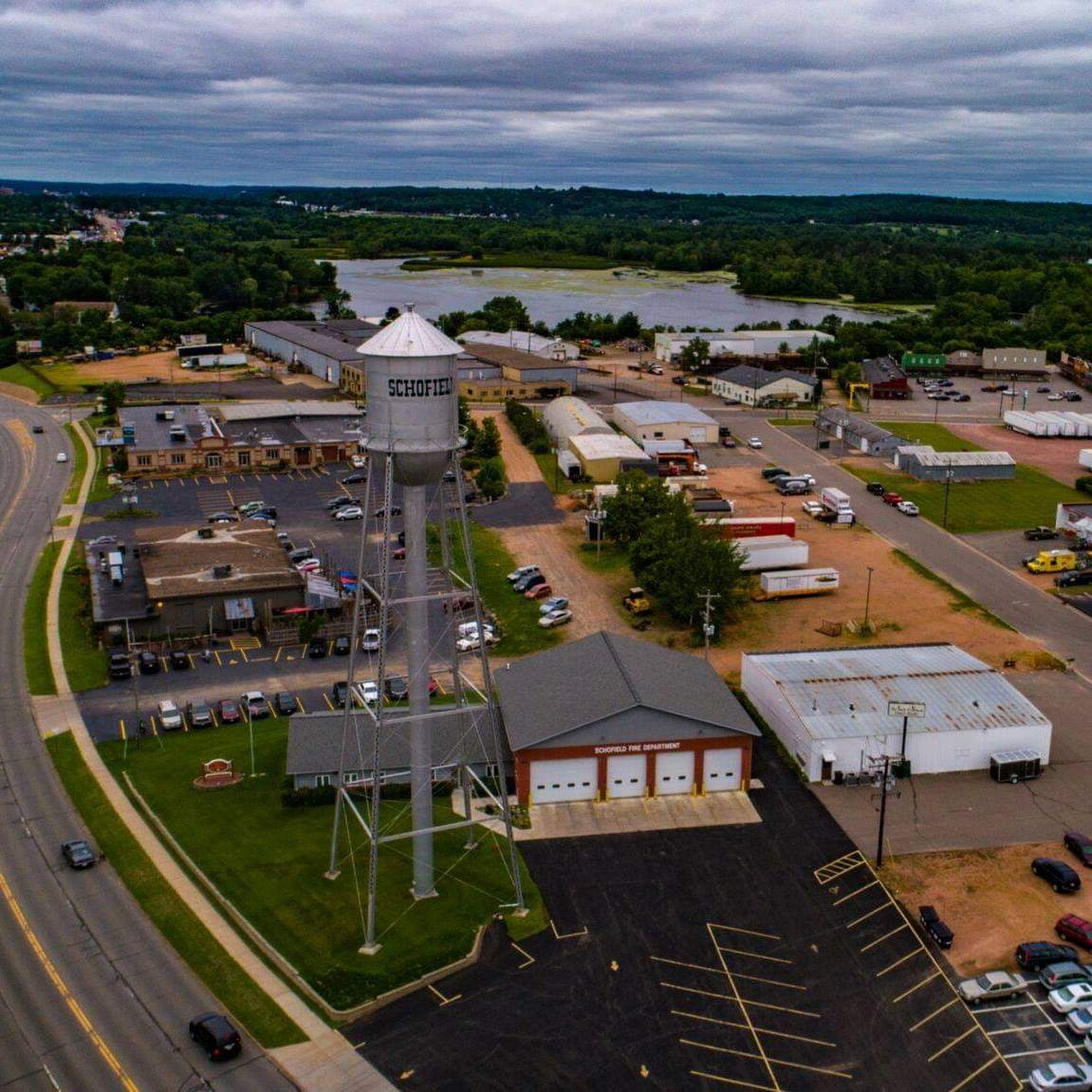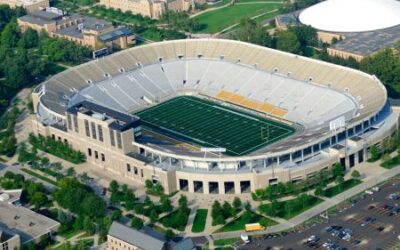Public officials and contractors know about redevelopment districts, special tax benefits and alternative funding available through the Tax Increment Financing (TIF) program. But the program has morphed somewhat, and the coveted funding and tax benefits are even more attractive now. That’s because of the innovative ways that some states are using the program.
The TIF program, which is available for projects in redevelopment districts, has been historically reserved for underserved neighborhoods that developers and private investors might otherwise overlook. But newly designated TIF districts in many states are being used now to boost economic vitality that enhances much larger areas of a community as well. A number of states, including Kentucky and New Jersey, are combining the benefits of TIF district projects with other programs that offer additional funding support for community initiatives.
The states of Texas, Iowa, Minnesota, Ohio, Wisconsin, and Illinois all have more than 1,000 TIF districts which indicates high use of the program. Another six states have between 450 and 1,000 TIF districts. Although variability is based on specific state laws, some states allow TIF districts to be created through a local community development authority (CDA) which then allows additional financing and repayment options. It is interesting to note that by leveraging this type of alternative funding, all types of new projects are being launched.

A redevelopment project in Schofield, Wisconsin revolves around the existing city hall building, which sits within a prominent TIF district. Photo courtesy of the city of Schofield, Wisconsin.
The city of Richmond established a CDA and plans to use the TIF program to deliver a multi-billion-dollar development which will include a new minor league baseball stadium. The city created a CDA so it would be possible to finance parts of the project with development tax revenues when the stadium is completed. Richmond officials will also be able to pay down some of the cost with tax revenues from stadium admissions, business licensing fees, and other assets designated in the CDA. Once the construction is completed, the stadium will be leased to the Flying Squirrels minor league baseball team and the sports division of Virginia Commonwealth University. It is expected to generate $156 million in general fund revenue over the next 30 years for the city.
The Chicago Transit Authority will create a TIF district around a longstanding transit extension project. That will allow future revenue from the extension project to be used to pay down $950 million of the city’s local funding share of the construction cost. Federal funding of $2 billion will be consolidated with $1.6 billion from a local revenue match to complete the project that will extend transit connectivity and support an additional 38,000 rides per day. The new riders will come from an underserved area of the city, and the additional revenues will enhance all citizens throughout the city.
Public officials in Schofield, Wisconsin will move into a new city hall space so that city leaders can use the city’s existing city hall site for a large redevelopment initiative. The current city hall sits on 4.3 acres of waterfront property in one of the city’s central TIF zones. That makes the old city hall an extremely attractive asset for redevelopment, a project that will be delivered through the TIF program. The local CDA has established multiple goals – stimulating economic activity, creating much-needed housing options, and expanding the city’s tax base – and these objectives make the project eligible for TIF benefits. Work on the redevelopment project is slated for 2023.
A $35 million healthcare specialty clinic and surgery center in Waukee, Iowa will be supported through the TIF program and upon completion the new facility will deliver 60,000 square feet of space for enhanced healthcare services for citizens. The city’s development agreement includes leveraging TIF funding for design and construction of new roads leading to and from the site of the development.
A development in the city of Indianapolis is eligible for TIF funding as it will support new affordable housing options. To meet compliance for TIF enrichments, the development will have 5 percent of units at or below 30 percent of the area median income. The facility will be built on a vacant 14.5-acre site along a prominent walking trail and TIF funding will also remediate trail infrastructure, fencing, and sidewalks in disrepair. The project carries a cumulative cost of $100 million and TIF funding will be available for approximately $15.3 million.
In Texas, a TIF zone was created around a site where the former Floyd Casey Stadium was located in the city of Waco. A planned project will leverage $19.2 million in TIF benefits to repurpose the site’s 77 acres. The space will then be used to accommodate a new development with significant housing and commercial options. A 240-unit residential development will be constructed, and the site will also support mixed-use commercial space. Additional features of the plan include sidewalk construction, street lighting, and nearly two miles of walking trails throughout the development. Upon completion, a $100 million economic impact for the city is projected.
With an abundance of available funding, the number of collaborative initiatives between public and private sector partners are at historic levels throughout the country. Successful innovations of any kind in any state are worthy of note because they often become the norm very quickly.







